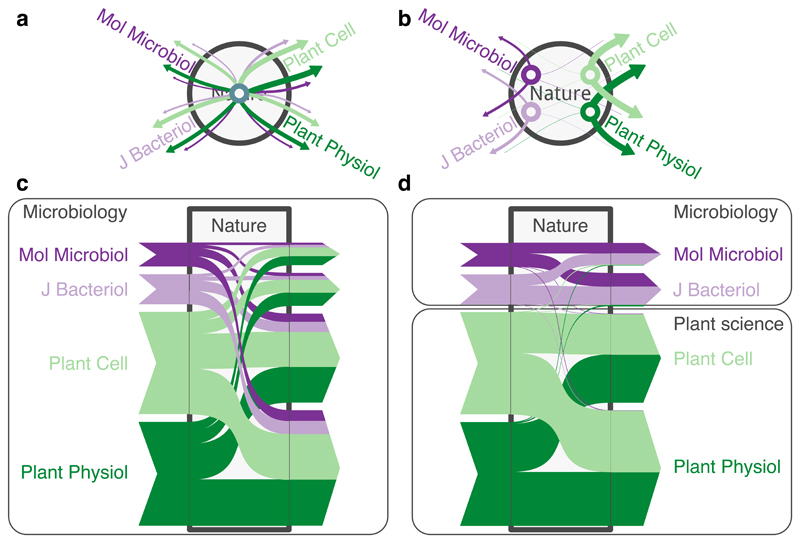Figure 3. Community detection of paths can capture overlapping communities.
The underlying data from Thomson Reuters Web of Science [64] are chains of citing articles aggregated in journals, like in Fig. 2(a) with nodes interpreted as articles in journals A–E. A standard first-order Markov representation of citation flows from four specialised journals through multidisciplinary Nature (a). A second-order representation with one state node for each citing journal (b). The standard network representation mixes flows and washes out the boundary between fields (c). A second-order Markov model captures the fact that citation flows through a multidisciplinary journal depends on where they come from and highlights overlapping fields in Nature (d).

